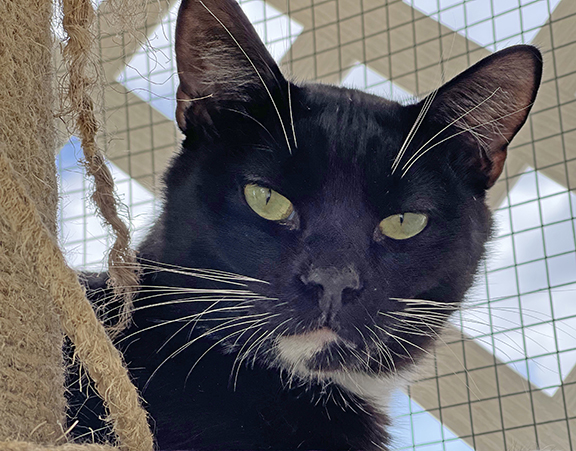
12 Jul Second Chance: Foxtails are Dangerous!
Second Chance Humane Society’s Animal Resource Center (SCHS) and Thrift Shops have been serving San Miguel, Ouray and Montrose Counties since 1994. The shelter is open to the public Tuesday through Saturday 11am – 5:30 pm. Community veterinary services are available by appointment.
View shelter pets and services online: www.adoptmountainpets.org.
Go here for more options from Second Chance.

A common plant in our area can make a simple walk in a field dangerous for a dog or cat. Yep, we’re talking foxtails. The foxtail plant is a grass-like weed. It is mostly found in the Western half of the U.S. and is very common in the Telluride region.
The barbed seed heads of the foxtail plant can work their way into any part of your dog or cat, from the nose to between the toes and inside the ears, eyes, and mouth. They can even simply dig themselves directly into a patch of skin.
The danger of foxtails goes beyond simple irritation. Because these tough seeds don’t break down inside the body, an embedded foxtail can lead to serious infection. If left untreated can even lead to death. Foxtails travel. They move relentlessly forward, never back, from inside the nose to the brain. They can dig through the skin or be inhaled into and then perforate a lung. They can cause discharge, abscesses, swelling, pain, and, as noted, death.
Foxtails love feet and can easily become embedded between tender toes. Check for foxtails if a pet has swelling or limping or is licking the area.
If a dog or cat is shaking his head, tilting it to the side, or scratching incessantly at an ear, this could be the sign of a foxtail — one that may be so deep inside the ear canal to see. A veterinarian will use a special scope to find and remove them.
Redness, discharge, swelling, squinting, and pawing of the eyes all may be signs of a foxtail, also requiring veterinary care immediately.
If there is discharge from the nose or a pet is sneezing frequently and intensely, there may be a foxtail lodged in a nasal passage.
And unfortunately, foxtails can find their way into the genital area as well. So if a dog or cat is persistently licking, foxtails could be the cause.
It’s important to examine a pet immediately after being outdoors in areas where foxtails are prevalent. Catching a foxtail before it lodges into any of the areas noted above is the best prevention. A fine-toothed comb or a brush can be used to remove foxtails, and it’s important to check between the toes, paw pads, and ears — the places where foxtails most commonly lodge. A foxtail that has slightly embedded itself somewhere, can usually be removed with a pair of tweezers, then wash the area gently with antibacterial soap and thoroughly rinse the area with tap water.
The bottom line? Foxtails are bad for pets and, although hard to avoid, keeping a close eye on them can help prevent serious foxtail-related health issues.

Tofu
Tofu is a young, tuxedo boy who has the cutest white whiskers. He’s been with us the longest of any cat, and we cannot figure out why. He has all the traits of a wonderful cat- young, healthy, handsome, friendly, and gets along with other cats! Come meet him today..


Sorry, the comment form is closed at this time.